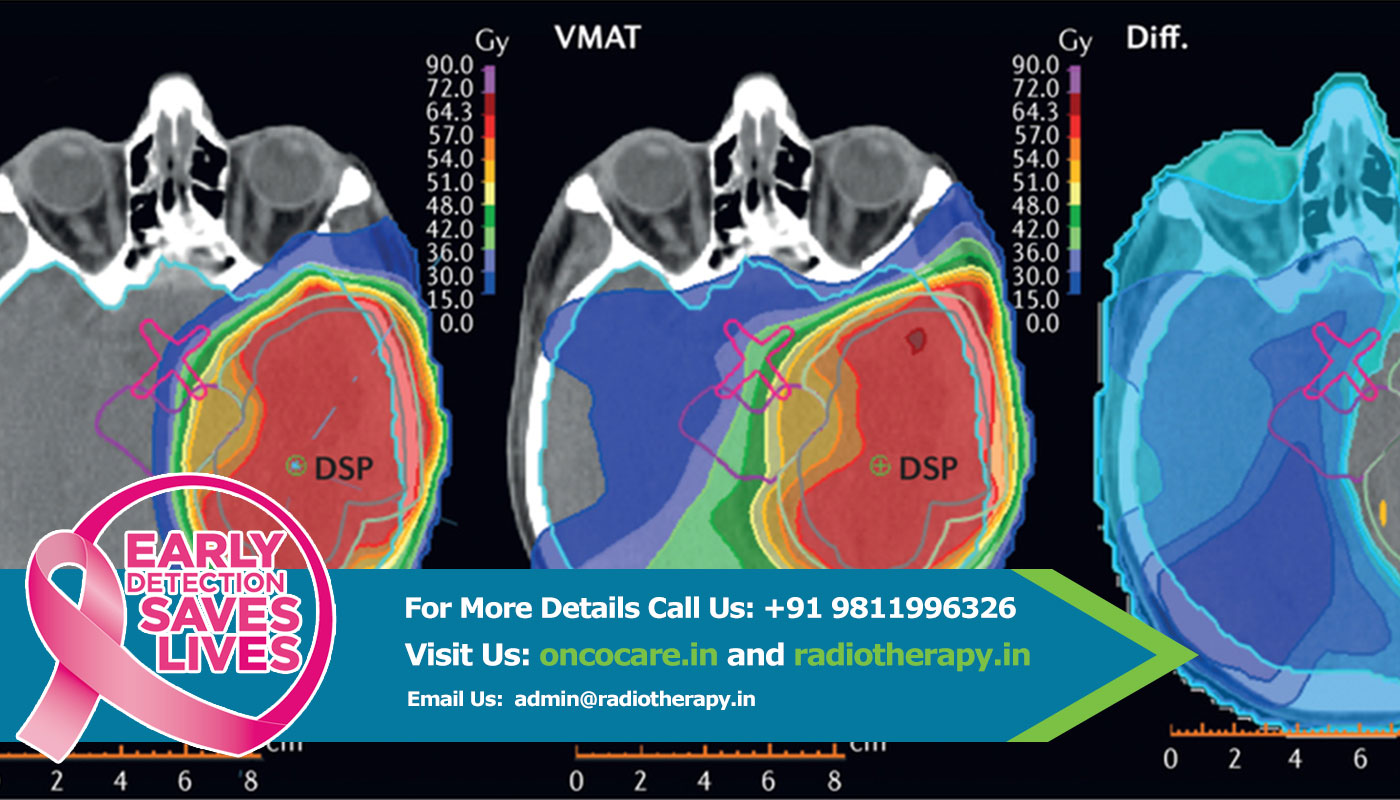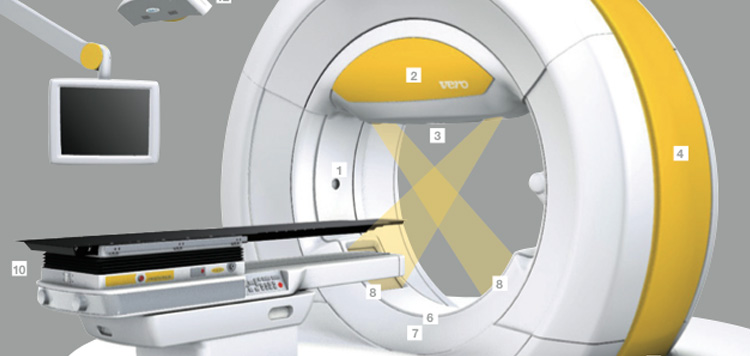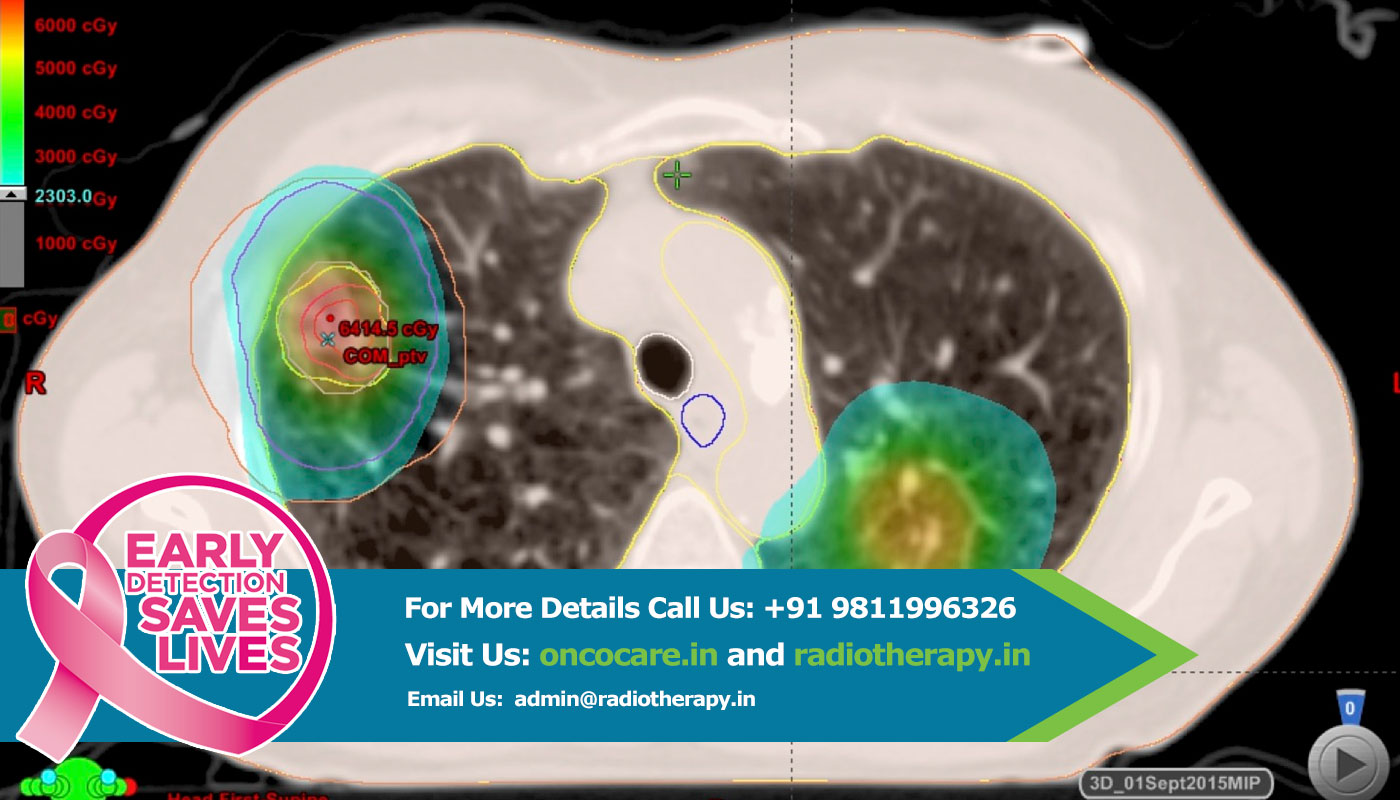Doctor For Sbrt in Delhi NCR, Radiation Treatment in India
Stereotactic Body Radiation Therapy (SBRT) is a treatment procedure similar to central nervous system (CNS) stereotactic radiosurgery, except that it deals with tumors outside of the CNS. A stereotactic radiation treatment for the body means that a specially designed coordinate-system is used for the exact localization of the tumors in the body in order to treat it with limited but highly precise treatment fields. SBRT involves the delivery of a single high dose radiation treatment or a few fractionated radiation treatments

How SBRT Works
-
lanning begins with diagnostic imaging to help locate the tumor and determine the area that will be treated. This includes four-dimensional imaging that maps the target area as it moves over time with the patient’s breathing cycle. In the only invasive part of the treatment, gold seeds, called fiducials, are sometimes implanted into the tumor before images are taken. Because the fiducials are visible in planning scans and at the time of treatment, physicians use them to ensure that the high-dose envelope of radiation is accurately overlying the tumor.
Radiation oncologists work with medical physicists to develop a radiation plan that ensures safe exposure to normal structures. Each of the treatment sessions takes 30 to 60 minutes and, unlike with more invasive therapies, the patient leaves each treatment free of significant pain or side effects. Treatments do not have to be administered on consecutive days, but the entire course of therapy is usually concluded within 10 day.

Who Can Benefit From SBRT
-
Lung cancer candidates for SBRT are patients with small tumors — five centimeters or less — who are poor candidates for surgery due to the risk of functional deficit. Patients whose tumors are located centrally or close to airways or the heart have sometimes been considered poor candidates for SBRT due to higher complication rates. UCLA radiation oncologists have successfully treated these patients using slightly lower doses of radiation in combination with radiofrequency ablation. The two treatment modalities offer different toxicity profiles and provide good treatment of tumors with less risk to patients’ breathing function.
Who operates the equipment?
The equipment is operated by a radiation therapist, a highly trained technologist. The overall treatment plan is created and supervised by the radiation oncologist, a highly trained physician specializing in treating cancer with radiotherapy.

What are the indications for Stereotactic Body Radiation Therapy (SBRT)?
SBRT has been used for many localized tumors (up to 6-7 cm), or a few tumors (up to 3-5 usually) throughout the whole body. The list of tumors that has been treated successfully at UCLA and throughout the world with SBRT continues to grow. They include: primary lung cancer, and tumors that have spread to the lung, pancreatic tumors, bile duct tumors, primary and metastatic liver tumors, kidney tumors, prostate cancer, pelvic tumors, sarcomas, metastatic tumors throughout the body (otherwise known as oligometastases), and more. (see a list of other indications). In certain highly selected circumstances, we may be able to offer SBRT as the modality of choice for patients that have previously received a full dose of external beam radiation therapy and now have recurrent but localized tumors. SBRT is a rapidly maturing technology that requires specialized clinical and technical expertise.












